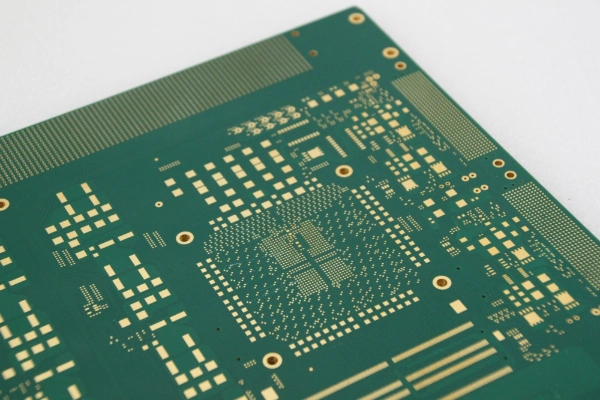In today's digital era, smartphones have become an integral part of our lives. With countless options available in the market, it can be overwhelming to choose a phone that meets our expectations in terms of quality. This blog post aims to provide you with a comprehensive guide on how to check phone quality, ensuring that you make an informed decision when purchasing your next smartphone.
- Display Quality:
The display is one of the most crucial aspects of a phone. To assess its quality, consider the following factors:
- Resolution: Higher resolution ensures sharper and more detailed visuals.
- Color Accuracy: Look for a display that reproduces colors accurately and vividly.
- Brightness: A bright display enhances visibility, especially in outdoor conditions.
- Contrast Ratio: Higher contrast ratio offers deeper blacks and better overall image quality.
- Performance and Processing Power:
A phone's performance determines how smoothly it operates. Consider the following aspects:
- Processor: Opt for a phone with a powerful processor to ensure seamless multitasking and smooth performance.
- RAM: Sufficient RAM allows for faster app loading and smoother multitasking.
- Storage: Ample storage capacity ensures you can store all your files, apps, and media without running out of space.
- Graphics Processing Unit (GPU): A capable GPU enhances gaming and graphics-intensive tasks.
- Camera Quality:
The camera has become a deciding factor for many when choosing a phone. Evaluate the following camera features:
- Megapixels: While higher megapixels can capture more detail, other factors like sensor size and image processing also play a crucial role.
- Aperture: A wider aperture allows more light, resulting in better low-light photography.
- Image Stabilization: Optical or electronic image stabilization reduces blurriness caused by shaky hands.
- Additional Features: Look for features like HDR, night mode, and manual controls for enhanced photography options.
- Battery Life and Charging:
A long-lasting battery is essential for uninterrupted usage. Consider the following aspects:
- Battery Capacity: Higher mAh (milliampere-hour) rating indicates a larger battery capacity.
- Fast Charging: Look for phones that support fast charging to minimize downtime.
- Battery Optimization: Software optimizations can significantly improve battery life.
- Software and User Experience:
The software plays a vital role in the overall user experience. Consider the following factors:
- Operating System: Choose a phone with the latest version of the operating system for improved security and features.
- User Interface: A clean and intuitive user interface enhances usability.
- Bloatware: Minimal pre-installed bloatware ensures a clutter-free experience.
- Build Quality and Durability:
A well-built phone ensures longevity and durability. Consider the following aspects:
- Materials: Phones made with high-quality materials like metal or glass tend to be more durable.
- Water and Dust Resistance: Look for phones with IP67 or IP68 ratings for protection against water and dust.
- Drop Test Ratings: Phones with higher drop test ratings are more likely to withstand accidental drops.
Conclusion:
By considering the aforementioned factors, you can effectively evaluate phone quality and make an informed purchase decision. Remember, it's essential to prioritize your specific needs and preferences while assessing these aspects. With this comprehensive guide, you are now equipped to find a smartphone that meets your expectations in terms of quality, performance, and user experience.





